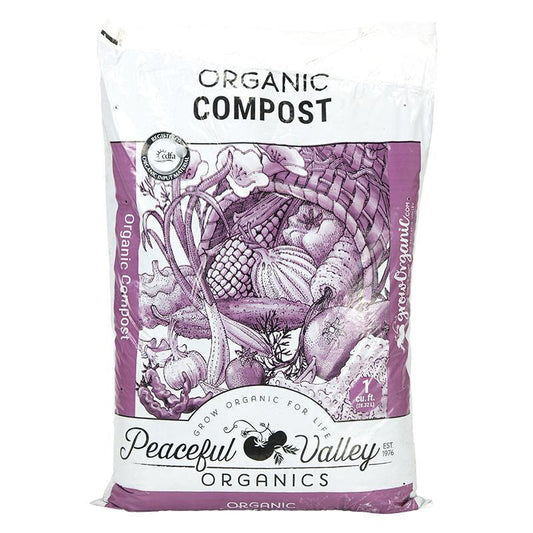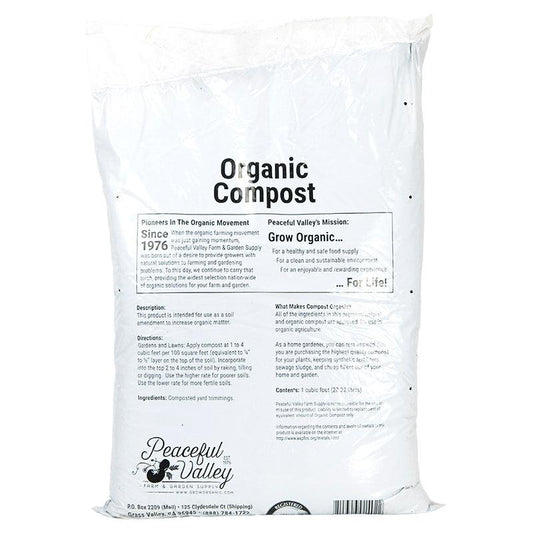Soil Preparation
Leeks prefer loose, well-drained soils that are high in fertility, adequately irrigated and receive full sunlight. The looser the composition of your soil, the larger your leeks will grow. Prepare your bed by turning under animal manure or plant residue-based compost, making sure that it is fully broken down before planting. Compost composed of cedar or redwood is not an acceptable substitute for high quality compost.
The potential for fungus diseases like smut, downy mildew and pink root can be greatly reduced by avoiding beds where onion, garlic and other alliums have been grown with the last two years. This time period is a basic rule of thumb, but in general, “the longer the better.”
As gophers are a major pest in leek beds, use gopher traps, wire barriers or wire baskets prior to and during planting.
Planting & Growing
We ship leek transplants in the fall as this is the optimum time to plant them in mild climates. Transplants are often wilted when they arrive, but they will survive for about 2 weeks after being pulled from the soil. If you cannot plant them immediately upon receipt, remove the leek transplants from the plastic bag and spread them out in a cool, dry location until ready for the garden. The sooner you plant the better!
Before planting, trim leek tops back above the base of the inner-most leaf and roots as short as possible (new roots will push out after planting and will begin to grow rapidly).
Dig a trench 6” deep, set in transplants at the base, then backfill soil to about 3” above the roots. Two weeks later, fill in the trench to the surrounding soil level. Pull more soil or compost up around the stems two more times during the season to blanch the stalks, which makes them sweet, tender, succulent, and white.
Plant leeks either intensively into a bed, spacing them 6” apart in all directions, or plant them 6” apart and in rows 18” to 24” apart. If planting intensively, you can’t plant into a trench, so poke individual holes 6” deep and drop a transplant into each one. Supply your leeks with ample phosphorus while growing.
Weed suppression is important!
You can grow weeds or leeks, but not both.
Regular irrigation is necessary anytime rainfall is not sufficient to provide the 1” of water per week required. Water up until the time you harvest.
One of the advantages of growing your own leeks is that you can avoid muddy or sandy stuff down between the layers of your stalk. Soil dropping into the leaf whorls will be inside after harvesting. To keep them clean, be very careful when hilling up soil around the plants by pushing soil up around each plant rather than dumping soil onto the plant from above.
Harvesting & Storing
Leek transplants planted in fall can usually be harvested all through the winter and into the following spring. To harvest a leek, pull away surrounding soil and push a flat garden fork into the soil with a few inches of the base. Using the fork as a lever, pop the plant out of the soil, and shake any excess soil from the roots. Leeks will store in the refrigerator for several weeks.




